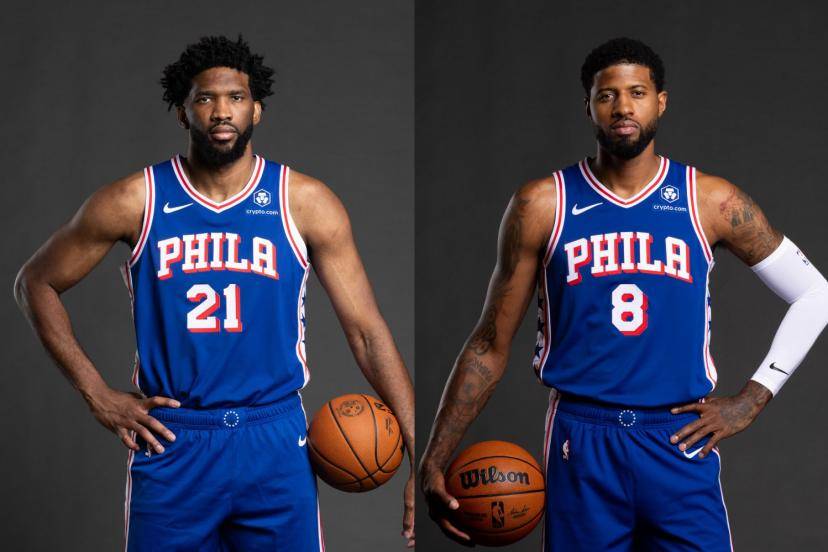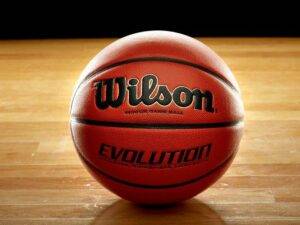Uncertain Futures: A Look at the Recovery Timelines for 76ers Stars Embiid and George

The Philadelphia 76ers head into the season with more questions than answers. At media day in 2025, both Joel Embiid and Paul George confirmed their recoveries are progressing, but neither offered a firm timetable after arthroscopic knee procedures. Front office moves, coaching management and roster depth will all hinge on how those recoveries unfold, and young players like the fictional guard Marcus Taylor — rehabbing alongside the veterans — show why patience and smart load management matter.
Embiid Recovery Timeline: What The 76ers Are Saying And What It Means
At media day, Joel Embiid described feeling "pretty good" while stressing a day-by-day approach. He had arthroscopic surgery on his left knee in April and a six-week reevaluation followed, but this update was the first public health check since his February shutdown.
From the front office to the training staff, the message is clear: avoid timelines that pressure a return. Sixers president Daryl Morey and coach Nick Nurse emphasized medical guidance and body feedback over arbitrary dates, which affects how the team will shape rotations and minutes.
- Key medical facts: arthroscopic knee procedure, phased rehab, emphasis on gradual load.
- Performance context: Embiid played 19 games last season, averaging 23.8 points and 8.2 rebounds, far below his MVP-level numbers.
- Management approach: monitoring, individualized minutes plans, no rush to recreate past usage immediately.
As a former guy who logged heavy minutes, I can tell you the body talks loudest — and right now the team listens. That patience will shape whether Embiid can chase consistent availability rather than flashier individual nights.
Practical takeaway: if Embiid hits the right recovery milestones, expect a phased return with strict minutes management — a move that protects his long-term value and the Sixers' title hopes.
Paul George Return Timeline And His Role With Maxey And The Team
Paul George had arthroscopic surgery on his left knee in July and reported steady improvement, saying he can do "pretty much everything but full contact." The swelling is down, but he won't be fully ready at training camp and offered no fixed timetable.
George's 2024-25 season was marred by injuries — injections in an adductor and knee, then an eventual shutdown. He played 41 games after signing a four-year, $212 million deal, and averaged just 16.2 points. That dip matters for role clarity next to Tyrese Maxey and the development of younger pieces like Marcus Taylor.
- Short-term: gradual ramp-up, limited contact, custom strength work.
- Medium-term: monitored minutes, defensive load adjustments to protect the knee.
- Long-term: reestablishing two-way identity while preserving availability over the season.
There’s a real strategic question: do you ask George to tone down defense to stay on the floor, or keep his two-way intensity and accept managed absences? Both choices have trade-offs for chemistry and playoff readiness.
Bottom line: George’s timeline will be flexible, and his real impact will come from being available and effective in shorter spurts rather than logging heavy minutes early on.
Roster Implications, Front Office Moves And The Business Side For Philadelphia
With Embiid and George in flux, the Sixers must juggle roster construction, salary flexibility and market expectations. Daryl Morey’s comment about avoiding the "expectations game" signals cautious maneuvering around big contracts and trade options.
Young players and depth become huge assets. Take the 2024 first-rounder Jared McCain — rehabbing a torn meniscus before a thumb UCL tear — and restricted free agent Quentin Grimes in contract limbo. Those variables change how Philly approaches wins now versus future flexibility.
- Short-term roster moves: rely on depth, buy insurance minutes from veterans or mid-level signings.
- Trade and cap strategy: avoid panic trades that mortgage future assets; focus on complementary pieces for a managed minutes plan.
- Business considerations: partnerships with brands like Nike and Gatorade hinge on star visibility; long absences reduce marketing punch for Fanatics and Foot Locker retail cycles.
From a former player's view, the franchise must protect its stars but also keep the product competitive — that balance will define how the Sixers handle 2025 roster choices.
For readers who want deeper context on superstar hierarchies or offseason moves, see related pieces on top NBA superstars and offseason trades and drafts. For profiles on perimeter talent and matchup concerns, check this breakdown of elite forwards and a look at rookies adjusting to the league like in Reaves’ welcome to the NBA. Business stories about stars off-court can be found at Kevin Durant and crypto.
Practical rehab and on-court adjustments coaches should consider
Here’s what I’d want as a former pro: clear metrics for progression and conservative minutes caps. Use load monitoring, targeted strength sessions, and situational substitutions that protect knees without neutering the players’ strengths.
- Monitoring: GPS data, jump counts, soreness scoring every practice.
- Shooting and spacing: emphasize catch-and-shoot chances for Embiid to reduce unnecessary contact.
- Lineup flexibility: stagger Embiid and George minutes with Maxey to keep pace and defense intact.
These fixes keep the team competitive and let younger players like Marcus Taylor earn real minutes while the stars regain form.
Brand and equipment notes every fan will notice
Gear and sponsorship matter on-court and in the stands. Fans will be watching Nike and Adidas kicks, seeing hydration sponsors like Gatorade on the bench, and expecting consistent Wilson game balls. Retail partners such as Fanatics, Reebok and Foot Locker will track jersey sales linked to availability of stars.
- On-court tech: recovery tools, compression and sleeves often from Under Armour or Nike partners.
- Fan engagement: fewer marquee appearances can dent promotional tie-ins for partners.
- Media coverage: outlets like ESPN and Bleacher Report will drive narrative and ticket buzz.
How brands and media treat the situation will shape both perception and revenue — so availability becomes a financial story as much as a competitive one.
Questions Fans Ask About Embiid And George Recovery
How soon can Embiid realistically return to full contact?
Doctors and the team are prioritizing stepwise progression; expect a phased ramp rather than a set date, with contact returning only after strength and stability metrics are met.
Will Paul George need to change his style to stay on the court?
George may play fewer minutes and be managed defensively at times, but the plan is to preserve his two-way game when possible rather than force a style change.
What happens if either player isn’t fully ready by midseason?
The Sixers will lean on depth and young talent; trades or strategic signings are possible, though management prefers not to mortgage the future for short-term fixes.
Short FAQ For Quick Reference
Is there a fixed timeline for either player?
No fixed timeline — both recoveries are individualized and tied to medical checks.
Will the team change its offensive identity?
Expect tweaks: more spacing, staged minutes for stars, and opportunities for bench scorers to take on bigger roles.
Where can I follow ongoing coverage?
For continuing updates, check outlets like ESPN, Bleacher Report, and the team’s media reports; deeper dives can be found at linked analysis pages above.

